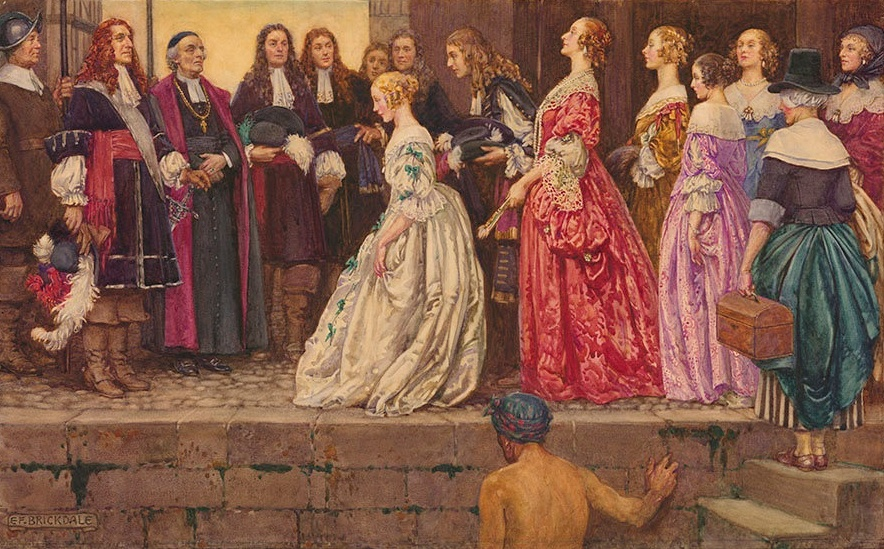In a groundbreaking archaeological revelation, experts in Athens have uncovered a chilling artifact that offers a glimpse into the mystical and vengeful practices of the ancient world. Deep within the Kerameikos necropolis, a public well concealed a lead tablet inscribed with a 2,300-year-old curse directed at a woman named Glykera, the wife of Dion.
The ominous inscription on the tablet reads:
"We invoke the wrath of the underworld gods upon Glykera, wife of Dion, decreeing punishment and thwarting her nuptials."
This discovery provides the earliest known evidence of the ancient Greeks employing magical rites to harm their rivals through supernatural means.
A Window into Ancient Rituals
The lead tablet, or defixio (binding curse), is a striking testament to the use of magic in classical Athens. Designed to summon the gods of the underworld to carry out its dire instructions, the artifact exhibits a variety of forms that suggest its complex purpose:
Folded and nailed sections: These were likely intended to “lock in” the curse, ensuring its efficacy.
Liver-shaped and coffin-like designs: Such shapes may symbolize the targeted individual’s fate or evoke the anatomical and funerary associations central to ancient magical rites.
The burial location in a public well adds another layer of significance. Wells were often considered conduits to the underworld, making them ideal repositories for invoking chthonic (underworld) deities.
The Context of the Curse
While the exact motivations behind the curse remain unknown, such practices were typically driven by jealousy, competition, or personal grievances. The reference to thwarting Glykera’s nuptials suggests the curse might have been cast by a romantic rival or someone seeking to disrupt her marriage.
In the 4th century BCE, Athens was a bustling city where personal relationships and political alliances were closely intertwined. The use of curses reflects a belief in the tangible power of supernatural forces to influence both social and personal spheres.
Magical Practices in Ancient Greece
The curse against Glykera is part of a broader tradition of magical practices in the ancient world. Binding curses, like this one, often invoked deities or spirits to incapacitate adversaries, sabotage relationships, or exact revenge. These practices were not exclusive to Greece but were prevalent across ancient cultures, from Rome to Mesopotamia.
The folded and nailed sections of the tablet align with known rituals described in ancient texts, such as instructions to pierce or bind the medium to symbolize the victim’s immobilization. The unusual coffin-like shapes further reinforce the association with death and the afterlife.
Implications for Archaeology and History
This discovery offers a rare glimpse into the personal and emotional lives of ancient Athenians. It sheds light on the lengths individuals were willing to go to address grievances, often resorting to supernatural methods in a world where the divine and mortal realms were deeply interconnected.
The curse also highlights the enduring power of human emotions like jealousy, love, and spite—forces that have transcended time and culture.
The unearthing of the curse against Glykera is a significant archaeological and historical milestone. It illuminates the darker aspects of ancient Greek society and underscores the importance of magical practices in navigating personal conflicts. As researchers continue to analyze this artifact, it promises to reveal even more about the interplay between belief, ritual, and daily life in the ancient world.
This ancient hex may have been aimed at Glykera, but its discovery has cast a spell on the modern imagination, offering a rare an
d haunting connection to humanity’s past.

























































